On August 24, the commemoration of Saint Bartholomew the Apostle, one of Jesus’ closest disciples, is celebrated. He is the patron saint of butchers, shoemakers, and anyone who uses cutting tools.
Saint Bartholomew the Apostle is primarily remembered for his martyrdom, one of the most brutal and terrifying among those suffered by the saintly martyrs and recorded in hagiography. He was captured by pagan priests while traveling to spread the Word of Christ in distant lands and was flayed alive by them. This particularly gruesome form of martyrdom inspired great artists of the past, as we shall see. But before his death, Bartholomew was a devoted and passionate follower of Jesus. He is celebrated on August 24 and is also the patron saint of Benevento, a city that houses his relics. Those suffering from skin diseases and dermatologists can also pray to Saint Bartholomew the Apostle.

Holy Martyrs: sacrificing one’s life in the name of God
The Holy Martyrs are men and women, often very young, who sacrificed their lives for the love of God, and for this reason…
History of Saint Bartholomew the Apostle
Saint Bartholomew the Apostle was probably a fisherman, like most of the other apostles, and was very close friends with the Apostle Philip. It was Philip who suggested he meet Jesus and, after initial skepticism, Bartholomew embraced faith in Him with great enthusiasm and conviction. In the Synoptic Gospels, he is presented as one of Jesus’ closest disciples (Mark 3:18; Matthew 10:3; Luke 6:14), and in the Acts of the Apostles (Acts 1:13), he appears with the other disciples witnessing Christ’s appearance after the resurrection while fishing on the Sea of Tiberias.
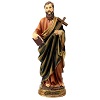
In the writings of Saint John (John 1:43-51; 21:2), we encounter him as Nathanael, native of Cana, meaning “gift of God.” The name Bartholomew, instead, would be a patronymic from Bar-Talmai, “son of Talmai the valiant.”
The first meeting with Jesus is recounted by Saint John. Jesus addresses him with these words: “Here is a true Israelite, in whom there is no deceit.” Bartholomew, astonished, asks how Jesus knows him, and Jesus reveals: “Before Philip called you, I saw you under the fig tree.” We do not know what Jesus was referring to, what happened under the fig tree, but from that moment Bartholomew recognized Him as the Son of God and King of Israel. A few days later, Bartholomew participated with Jesus and the other disciples at the wedding feast in Cana, witnessing the first miracle of Jesus.
There are also some apocryphal Gospels that tell how, as a child, Bartholomew fell ill and was saved by the intercession of the Virgin Mary, who placed him in bed with Jesus, causing his miraculous recovery.
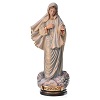
After Pentecost, Saint Bartholomew the Apostle set out to preach the Good News. He likely traveled to Lycaonia, a region in Cappadocia, and then ventured into the Middle East and India. He was martyred in Armenia, in Albanopolis. Here the saint had exorcised some possessed individuals, healed the sick, and restored sight to the blind, asking in return for the destruction of idols and conversion to Christ. He managed to convert King Polymius and his wife, provoking the wrath of Astyages, the king’s brother, and the pagan priests. They captured him and flayed him alive. Only his eyes and tongue remained unscathed, and with them, the Apostle continued to proclaim faith in Jesus until he was beheaded by order of Astyages.
His name is often remembered today in connection with a terrible historical event that occurred in the 16th century: the St. Bartholomew‘s Day massacre. Between August 23 and 24, 1572, on the occasion of the wedding between Margaret of Valois, sister of Charles IX, King of France (a Catholic), and Henry of Bourbon, a prince of the Huguenot (Protestant) faction, French Catholics massacred thousands of Huguenot Christians.
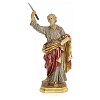
Martyrdom of Saint Bartholomew
We have mentioned how the martyrdom of Saint Bartholomew inspired great artists over the centuries, precisely because of the brutality of its execution. A prime example is his depiction in the Last Judgment by Michelangelo Buonarroti, where he is portrayed holding a knife and his own flayed skin in his hand. Notably, the painter gave the flayed saint his own face. Another famous depiction of Saint Bartholomew the Apostle is the sculpture by Marco d’Agrate, a pupil of Leonardo, currently exhibited inside the Milan Cathedral. Here the martyr is depicted holding a Bible, his body devoid of skin, with his head hanging on his back. The anatomical precision of the figure makes this work particularly remarkable.



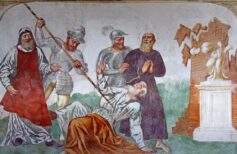
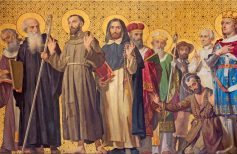
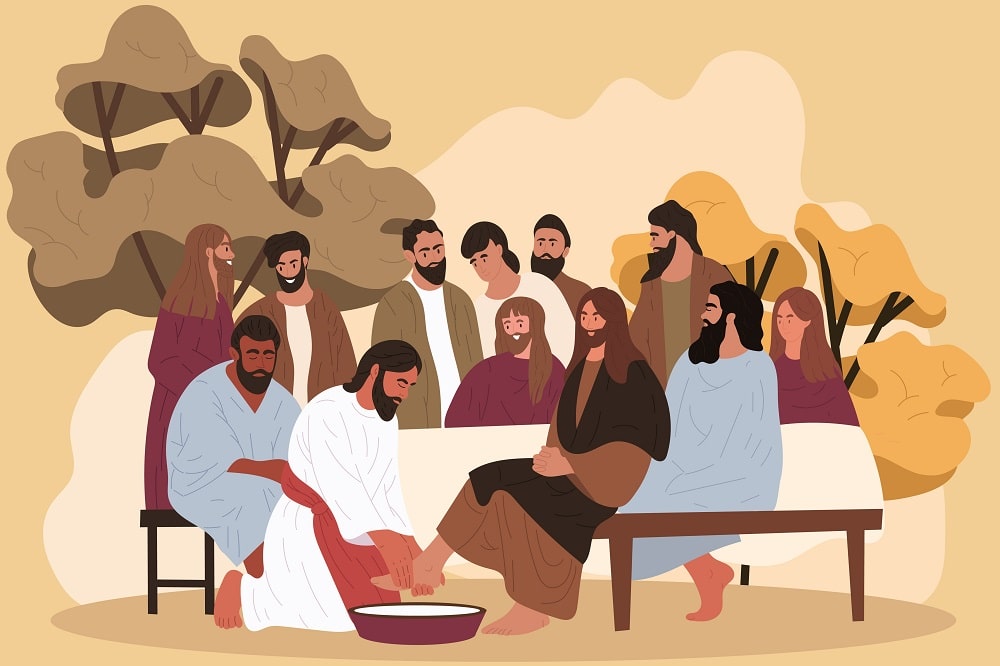
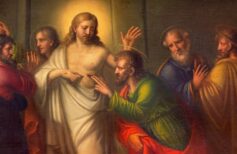

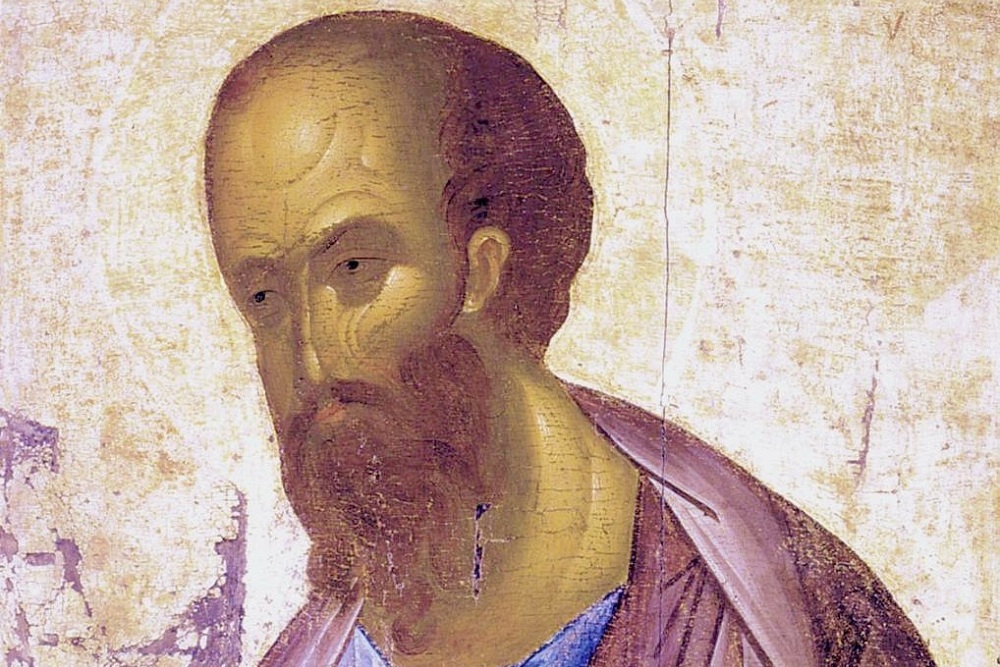
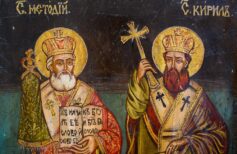
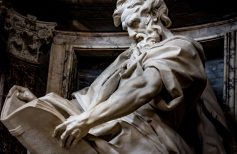








 19 March 2025
19 March 2025






